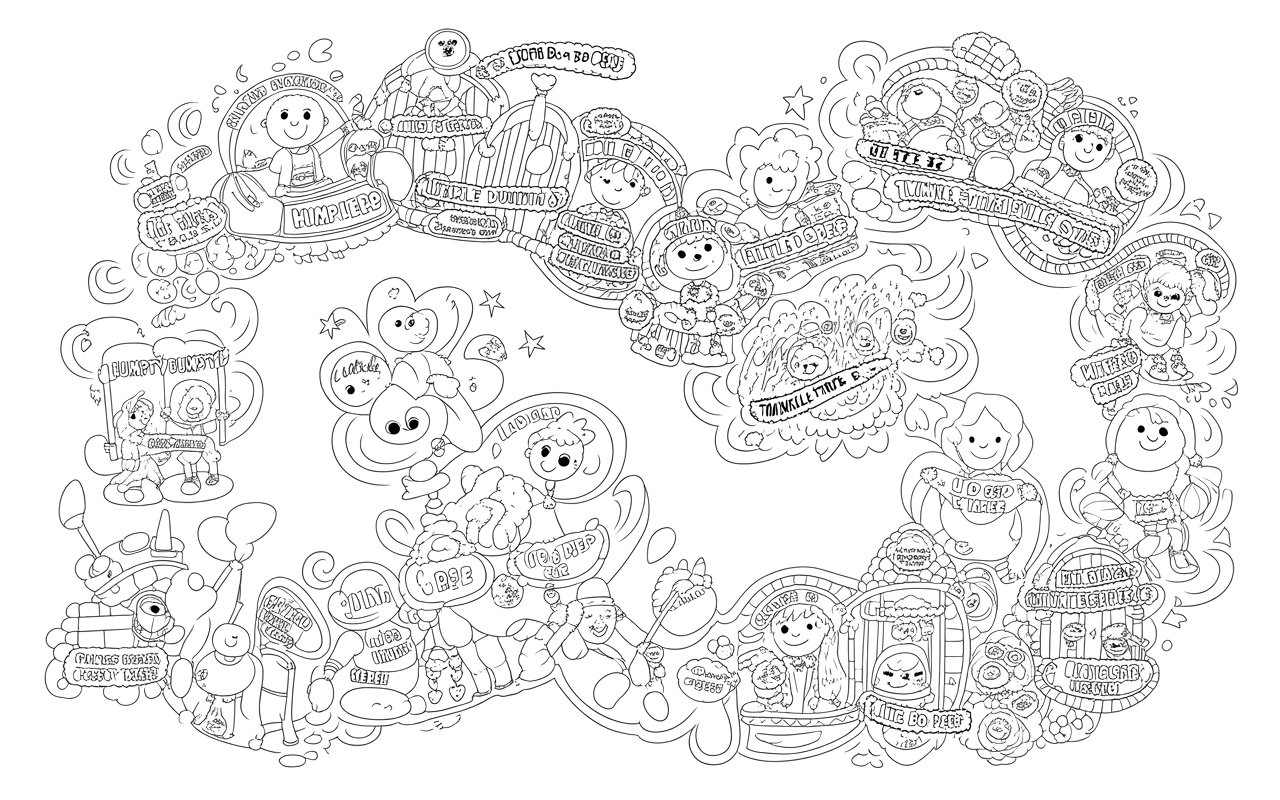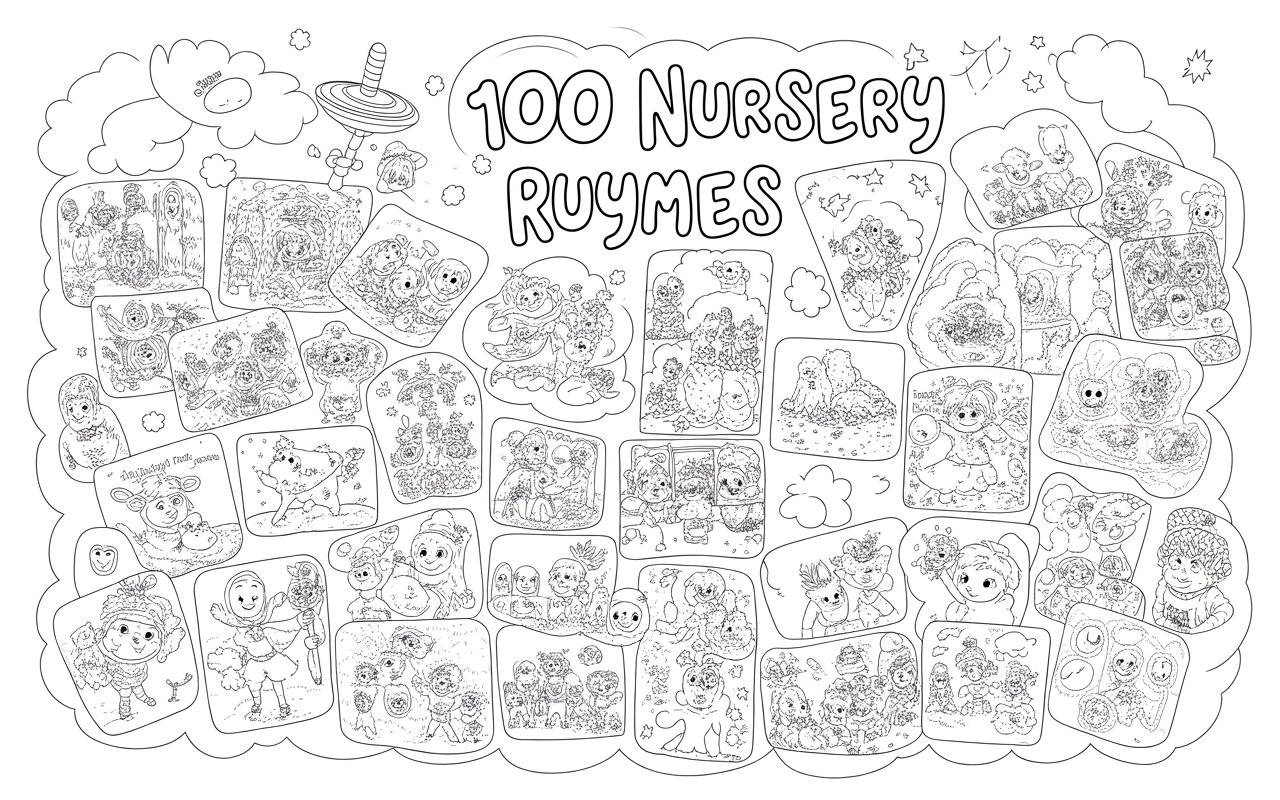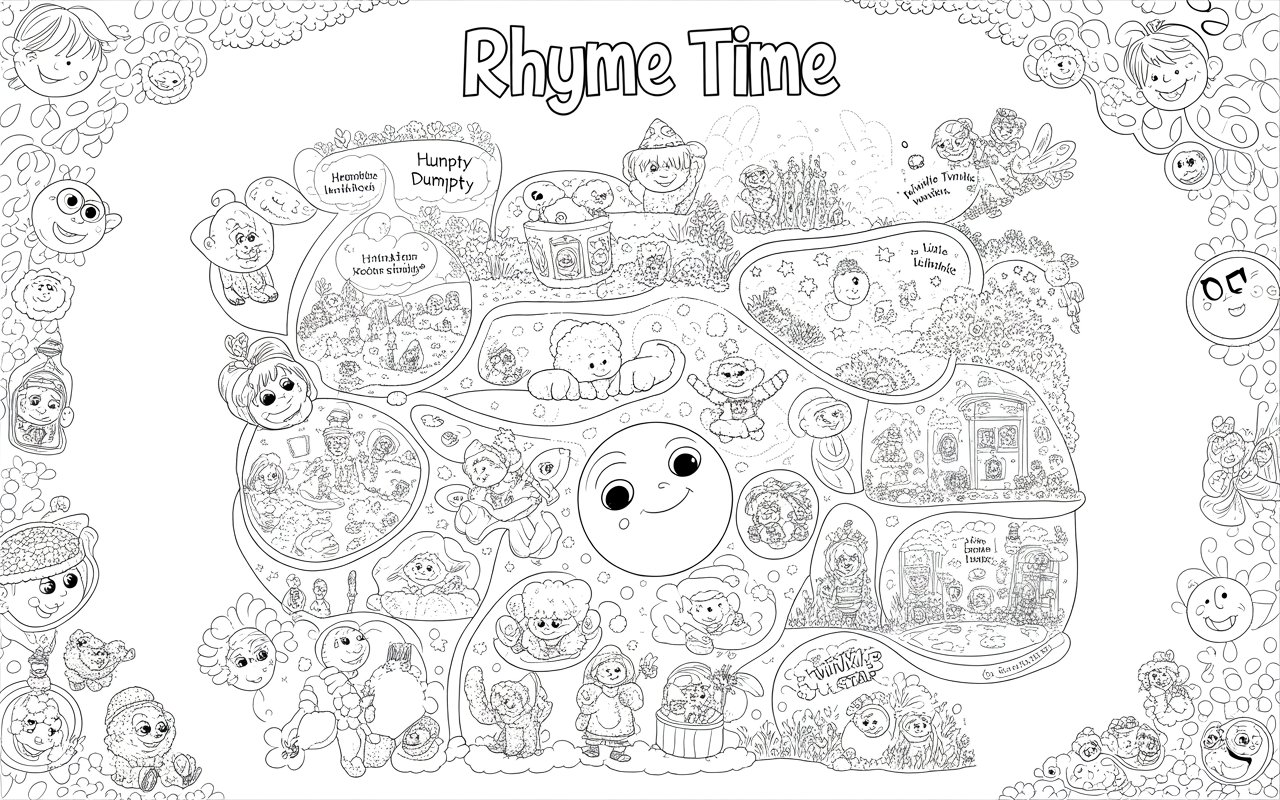Nursery rhymes are more than just playful verses we chant with children—they’re miniature time machines that carry us back to childhood, help us bond with little ones, and teach valuable life lessons through rhythm and rhyme. But have you ever wondered why these simple songs stick with us for a lifetime?
Let’s take a journey through 100 classic nursery rhymes—the delightful jingles that have echoed across generations—and uncover the magic behind the rhymes, their origins, and why they remain such a timeless treasure.
1. Why Nursery Rhymes Matter More Than You Think
You might think they’re just catchy songs, but nursery rhymes are early education powerhouses. They improve memory, enhance vocabulary, and introduce rhythm and patterns to young minds. Please improve and make it unique only line:
2. Classic Nursery Rhymes That Never Get Old
Let’s start with the all-time favorites—the rhymes your grandparents probably sang:
- Twinkle Twinkle Little Star
- Baa Baa Black Sheep
- Jack and Jill
- Humpty Dumpty
- London Bridge is Falling Down
- Row, Row, Row Your Boat
These aren’t just cute; their repetitive structure and rhythm help with language acquisition and memory development.
3. Action-Packed Rhymes That Get Kids Moving

Who says rhymes should be sung sitting still? These ones are made for moving:
- Please improve and make it unique only line:
- Ring a Ring o’ Roses
- Head, Shoulders, Knees and Toes
- Hokey Pokey
- Teddy Bear, Teddy Bear, Turn Around
These action songs foster coordination, motor skills, and burn off that extra energy.
4. Animal-Themed Rhymes That Delight Young Minds
Animals are often the stars of nursery rhymes, making them relatable and engaging:
- Old MacDonald Had a Farm
- Five Little Ducks
- Mary Had a Little Lamb
- Three Blind Mice
- Hey Diddle Diddle
Each one introduces kids to sounds, counting, and even empathy through storytelling.
5. Counting Rhymes That Sneak In Early Math
Why not mix fun and math? These rhymes teach numbers without a boring blackboard:
- One, Two, Buckle My Shoe
- Five Little Monkeys Jumping on the Bed
- Ten in the Bed
- This Old Man
- One Potato, Two Potato
They help children recognize patterns and improve counting skills—all through melody.
6. Rhymes with a Lesson or Moral

Just like fables, some nursery rhymes teach values or deliver subtle warnings:
- Little Bo Peep (about responsibility)
- The Queen of Hearts (on consequences)
- Georgie Porgie (on social behavior)
- Little Miss Muffet (facing fears)
- There Was a Crooked Man (acceptance)
They offer bite-sized lessons that spark conversation.
7. Lullabies to Calm and Soothe
There’s something magical about bedtime rhymes that hush the world to a whisper:
- Rock-a-bye Baby
- Hush Little Baby
- Sleep Baby Sleep
- Golden Slumbers
- Bye Baby Bunting
These rhymes are soothing lullabies that create a sense of safety and comfort.
8. Silly and Nonsense Rhymes for Giggles
Sometimes, the best rhymes are the ones that make no sense but all the laughs:
- Hey Diddle Diddle
- I’m a Little Teapot
- The Grand Old Duke of York
- The Cat and the Fiddle
- Banbury Cross
They help ignite imagination and humor in a child’s mind.
9. Regional Rhymes from Around the World

Nursery rhymes aren’t just an English-language phenomenon. Let’s go global:
- Frère Jacques (French)
- Los Pollitos Dicen (Spanish)
- Ali Baba Has Forty Thieves (Middle Eastern)
- Tinker Tailor (British origins)
- Sarasponda (Dutch folk tune)
These open doors to cultural understanding and language diversity.
10. Forgotten or Rare Rhymes Making a Comeback
Here are some gems not as common today, but full of charm:
- Little Tommy Tucker
- Cobbler Cobbler
- Elsie Marley
- Oranges and Lemons
- Who Killed Cock Robin?
Exploring these is like discovering hidden treasure in the attic.
11. The History and Origins Behind Famous Rhymes
12. Making Rhymes a Daily Ritual at Home
Weaving rhymes into everyday routines adds a splash of fun while boosting early learning skills.
- Sing Brush Your Teeth while brushing
- Use Wash Your Hands before meals
- Chant Pick Up Your Toys at cleanup time
Rhymes aren’t just entertainment—they’re tools for smooth parenting!
FAQs About Nursery Rhymes
1. Why do children love nursery rhymes so much?
Because they’re rhythmic, repetitive, and often silly—perfectly aligned with how young brains process language and sound.
2. Are nursery rhymes still relevant in the digital age?
Absolutely! Though the platforms may change—from storybooks to apps and YouTube—their role in nurturing young minds remains as vital as ever.
3. What age should I start introducing nursery rhymes?
You can start from infancy. Even before babies understand words, they enjoy the sounds and patterns of rhymes.
4. Can nursery rhymes help with speech delays?
Yes. Their repetitive nature supports vocabulary development and pronunciation, which can benefit children with speech delays.
5. How many nursery rhymes should my child know?
There’s no fixed number, but learning a wide variety helps build language, rhythm recognition, and memory.
Conclusion: Why These Rhymes Stick With Us
Nursery rhymes may seem like child’s play, but they build a foundation of literacy, creativity, memory, and connection. Whether you’re a parent, teacher, or nostalgic adult, these rhymes have a unique power to transport, teach, and tickle the senses.
They’re like the soundtrack of childhood—simple, catchy, and unforgettable.










